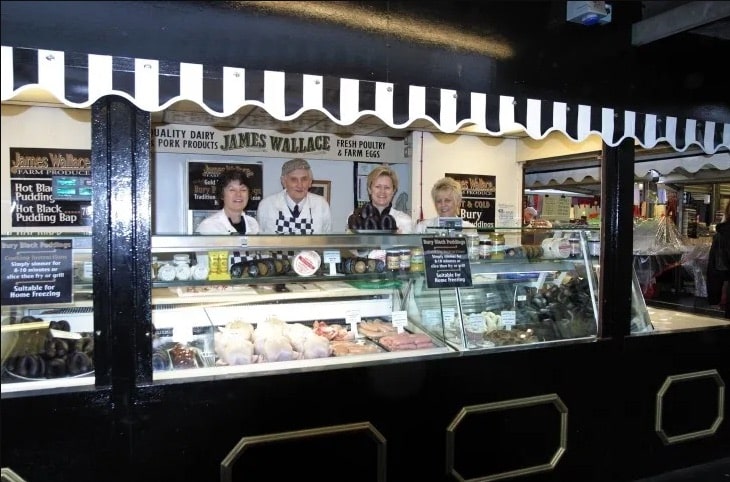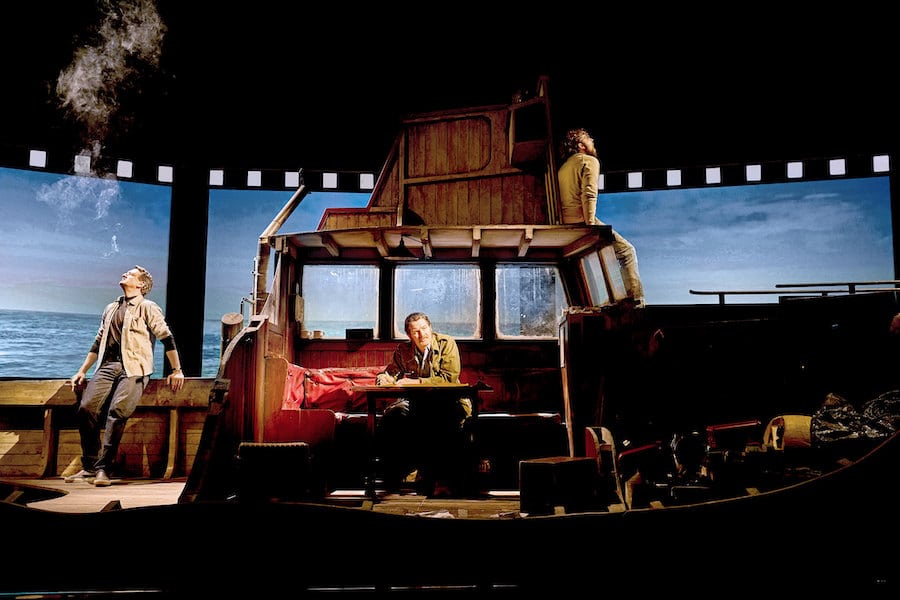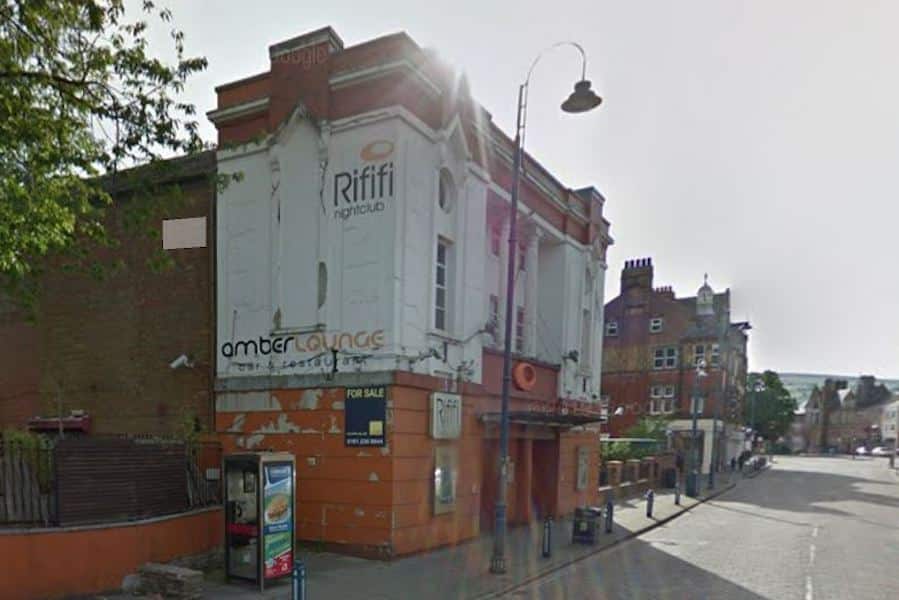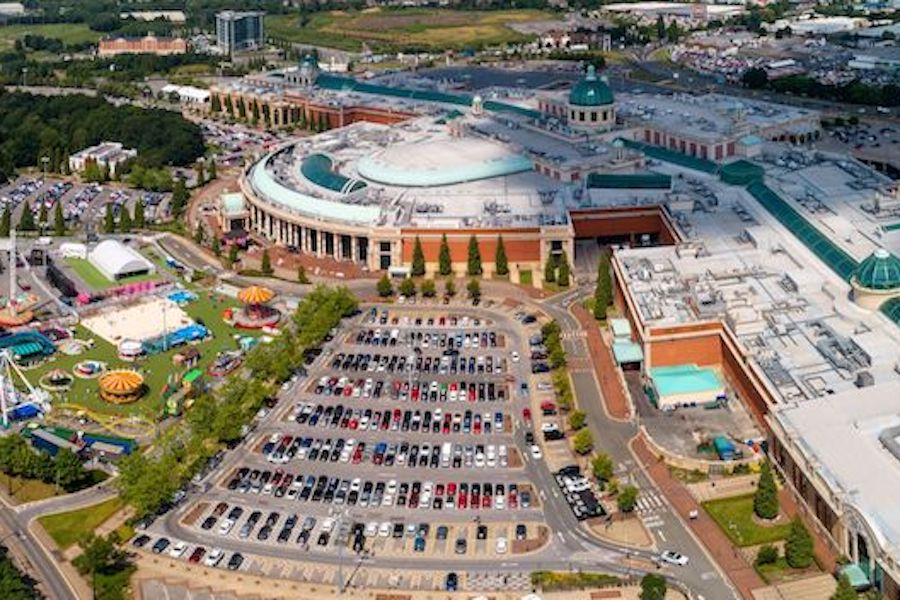How Manchester led the world with the first man-made canal
- Written by Ed Glinert
- Last updated 1 year ago
- Cornerstone, History
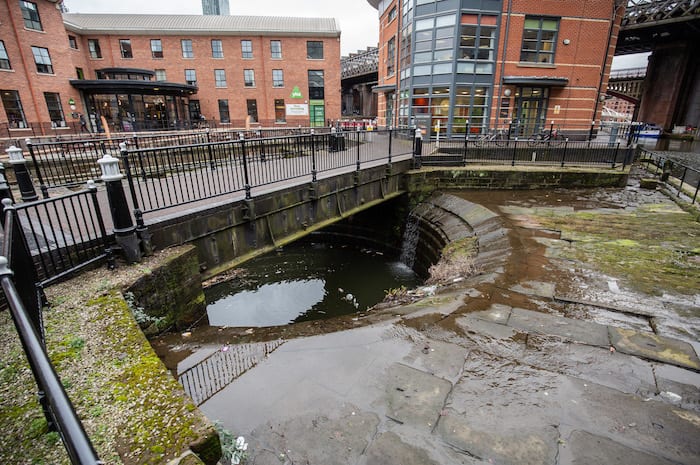
Manchester has gifted the world many great things over the years. Among Manchester’s many ground-breaking firsts – first railway, first aircraft manufactory – the first first was the opening of the Bridgewater Canal in 1761.
This was Britain’s first man-made waterway taking a route independent of rivers. It originally linked Worsley with Barton-upon-Irwell and reached Castlefield in 1765. The canal was financed by Francis Egerton, 3rd Duke of Bridgewater, who wanted to find a way to reduce flooding in his Worsley mine.
Coal had first been mined at Worsley in the Middle Ages, but every time a seam was exhausted deeper pits were sunk and became increasingly prone to flooding.
The duke’s engineer, James Brindley, and land agent, John Gilbert, proposed letting the water be channeled and the coal taken out along it on special boats four and a half feet wide with protruding sides, known as ‘starvationers’, which were loaded at the coal face and hauled up an inclined plane into the open.
The duke realised he would have enough coal to supply the needs of local towns. The most important of these was Manchester, so he decided to build a canal across the land in order that his supply could reach those towns. Work on the new canal began in 1758. The cost, £168,000 (£25 million in today’s money), was paid by the duke.
One great advantage of the route was that no locks would be needed. Once the canal opened, the price of coal dropped and entrepreneurs began to build factories along it. Most of these have gone at the Manchester end.
Coal was lifted up to the road in Castlefield by the sandstone rock-face that remains unaltered on Castle Street. A waterwheel powered a hoist that allowed the crates of coal to be raised some 45 feet. The canal was soon returning profits of £80,000 a year.
The eastern end of the Bridgewater Canal can be found on the Knott Mill side of the quiet stretch of Deansgate, past the station.
West beyond this point the water belongs to the River Medlock, which originally supplied the canal with water at the Manchester end. Here the Medlock was culverted by Brindley. It disappears from view at Deansgate, right next to where the new 50-storey skyscrapers are going up, and reappears at the road called Potato Wharf about half a mile away.
By the youth hostel off Liverpool Road is Giants’ Basin, all that’s left of Brindley’s original ingenious clover-shaped weir to take excess water.
Read how Manchester got its name here. For more information on Ed Glinert’s tours of Manchester, click here.
- This article was last updated 1 year ago.
- It was first published on 15 March 2019 and is subject to be updated from time to time. Please refresh or return to see the latest version.
Did we miss something? Let us know: [email protected]
Want to be the first to receive all the latest news stories, what’s on and events from the heart of Manchester? Sign up here.
Manchester is a successful city, but many people suffer. I Love Manchester helps raise awareness and funds to help improve the lives and prospects of people across Greater Manchester – and we can’t do it without your help. So please support us with what you can so we can continue to spread the love. Thank you in advance!
An email you’ll love. Subscribe to our newsletter to get the latest news stories delivered direct to your inbox.
Got a story worth sharing?
What’s the story? We are all ears when it comes to positive news and inspiring stories. You can send story ideas to [email protected]
While we can’t guarantee to publish everything, we will always consider any enquiry or idea that promotes:
- Independent new openings
- Human interest
- Not-for-profit organisations
- Community Interest Companies (CiCs) and projects
- Charities and charitable initiatives
- Affordability and offers saving people over 20%
For anything else, don’t hesitate to get in touch with us about advertorials (from £350+VAT) and advertising opportunities: [email protected]
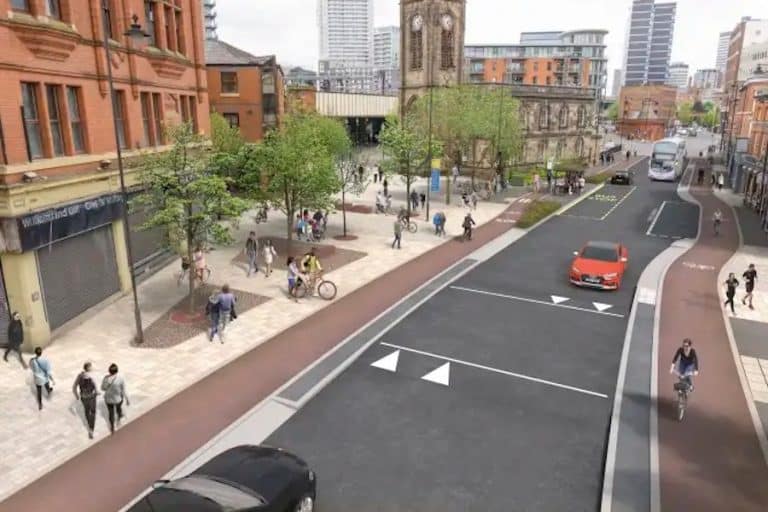
Chapel Street improvement plan to ‘rebalance the space in favour of pedestrians and cyclists’’

Skip the soppy stuff! The ultimate guide to celebrating friendship this Galentines Day
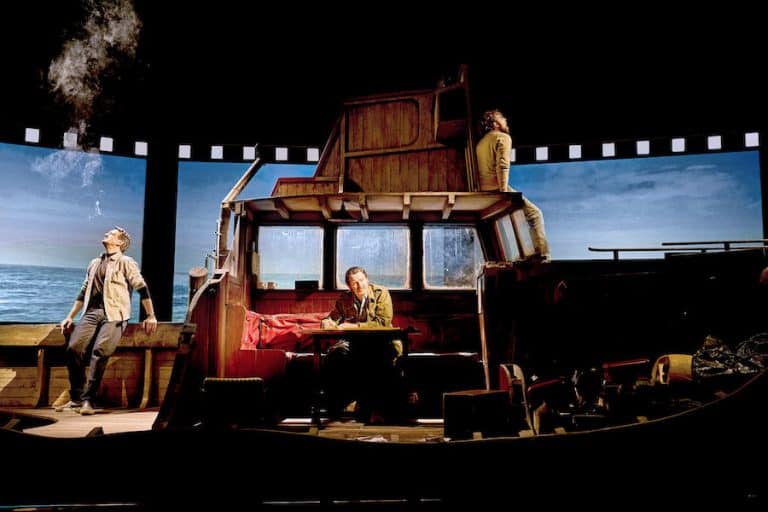
Review: The Shark is Broken at LOWRY is full of ‘humour, nostalgia and wit’
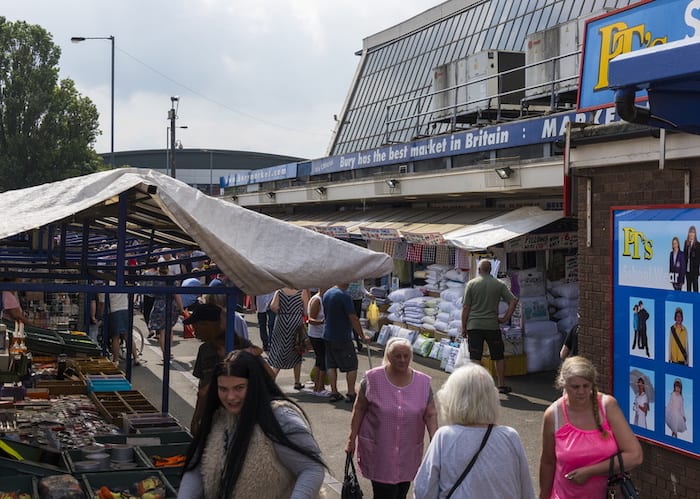
This is the place: Bury has the best market in Britain but what else has it got going for it?
